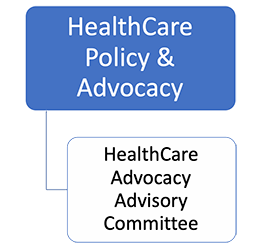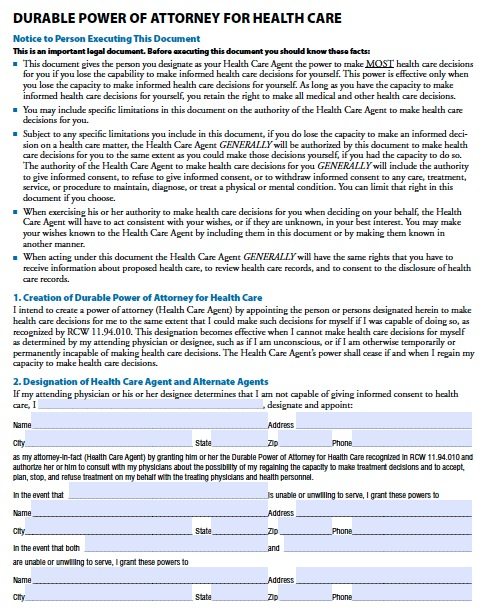The Main Principles Of A Health Care Professional Is Caring For A Patient Who Is About To Begin Usin
They can encourage healthy habits, however other aspects apply higher impacts on diet plan, exercise, sexual practices, alcohol and other substance abuse, and needle exchange practices (Woolf Substance Abuse Center et al., 2011). Pediatricians can advise moms and dads to secure their kids in vehicle seats, however they can not manage automobile crashes. Physicians can screen for and treat depression and be alert for suicidal ideation and indications of family violence however they have actually limited influence on the prevalence of guns or the societal conditions that speed up criminal offense and violence.
health drawback to shortages in the general public health or treatment system is that nations with much better health results lack constant proof that their systems perform much better. In some countries, patients are most likely to report problems. For example, Sweden consistently ranks among the healthiest nations in the OECD, however, in the Commonwealth Fund studies, its patients were most likely than U.S.
Sweden has high hospitalization rates for unchecked diabetes (Figure 4-4). In 2007, Switzerland had the highest male life span among the 17 peer countries (see Table 1-3, in Chapter 1), however the availability of general specialists is the second most affordable (see Figure 4-1). Australia has the second highest male life span of the peer countries (see Table 1-3, in Chapter 1), but it has the 5th greatest case-fatality rate for ischemic stroke (OECD, 2011b).
Different possible descriptions might represent these disparities. The easiest is that healthcare matters little to health, a thesis that some have actually advanced as part of a more general argument that health is shaped primarily by the social and physical environment. Indeed, some research studies have actually currently questioned whether there specifies evidence to link the health care system as the cause of the U.S.
A second possibility is that health care does matter but that just particular aspects affect outcomes. For example, shortages in mammography screening or printing medication lists might not matter, and nations with regularly superior health results might excel in the facets of healthcare that are consequential. Health care might likewise matter more in specific locations or for particular client populations.
9 Easy Facts About Which Entity Oversees The Licensure Of Health Care Facilities? Explained

Longer life span and improved health is probably traceable to some combination of health system characteristics and these other individual and neighborhood conditions, however the specific contribution of each aspect is unidentified and might differ over location and time. A life-course viewpoint adds additional complexity to the analysis because differences in health outcomes may relate not only to synchronous qualities of health systems, but likewise to those that existed years earlier when present conditions or illness were establishing.
For such conditions, shortages in medical care in the 1970s and 1980s might explain current death rates better than the functions of today's health systems. The present health system matters more for care conditions that lead straight to health results, such as birth results and survival after an auto accident or gunshot injury.
health system might add to or ameliorate the U.S. health downside. Equivalent global data for meaningful inferences require better data on both dependent (health outcomes) and independent variables (health systems). Although data from the OECD and WHO supply some comparative information on a handful of health system procedures, these are much like the keys under the lamppost.
Few indicators for examining the numerous dimensions of healthcare have actually been established or undergone correct scientific validation. In specific, questions utilized on surveys such as those carried out by the Commonwealth Fund, which are extensively cited in this chapter, have unidentified correlations with health outcomes and may have variable meanings throughout countries - how much is health care per month.
Some questions utilized by the Commonwealth Fund change from year to year; these changes offer new insights on health systems, however they make it tough to compare outcomes throughout time. The Commonwealth Fund offers equal weight to each measure; some weighting is probably called for, however an empirical basis is lacking to understand which attributes patients worth more Drug Rehab Facility highly or are more predictive of health outcomes.
How Which Entity Oversees The Licensure Of Health Care Facilities? can Save You Time, Stress, and Money.
In the very first significant effort to rank healthcare systems, the WHO World Health Report 2000 introduced a ranking based on health achievement, equity of health results, "patient responsiveness," and "fairness of financial contributions" (World Health Company, 2000b). The U.S. health system ranked 37th based upon this method, but the procedures, techniques, and information were criticized (Jamison and Sandbu, 2001; Navarro, 2002).
In 2008, WHO recognized five imperfections in healthcare shipment that are discovered in systems worldwide: inverted care, impoverishing care, fragmented and fragmenting care, hazardous care, and misdirected care (World Health Organization, 2008b). International health professionals have not reached agreement on the ideal parameters for determining and tracking the performance of nationwide health systems.
The capability of different countries to collect suitable information and to do so systematicallyusing consistent sampling treatments, information collection strategies, coding practices, and measurement intervals (e. g., each year) is challenging for useful factors and minimal budget plans. To cite just one example, patient security signs for medical facility care are not standardized throughout nations (Drsler et al., 2012).
International surveys deal with methodological difficulties that introduce sampling biases. One example is study methodology: some studies have utilized a combination of landlines and mobile telephones to conduct interviews, and some countries have low response rates or mobile telephone use. Grownups with complicated conditions, low earnings, or language barriers may be undersampled.
The research obstacles and priorities to resolve these spaces in the science are discussed even more in Chapter 9, along with suggestions to remedy the problem. In spite of these constraints, the existing proof is certainly adequate for the panel to conclude that public health and medical systems in the United States have essential drawbacks, a few of which seem more pronounced in the United States than in other high-income nations. what is a health care delivery system.
Some Known Incorrect Statements About A Health Care Professional Is Caring For A Patient Who Is Taking Zolpidem
The troubles Americans experience in accessing these services and receiving high-quality care, as recorded in this chapter, can not be ignored as a potential contributor to the U.S. health disadvantage. 1Examples of primary prevention include smoking cigarettes cessation, increased physical activity, administering immunizations to eliminate vulnerability to contagious illness, and assisting individuals avoid hazardous Look at this website ecological direct exposures (e.

Secondary prevention consists of early detection of illness and threat elements in asymptomatic persons (e. g., cancer and serum lipid screening). 2The bigger public health system includes not just public health agencies, but also public and private entities involved with food and nutrition, exercise, housing and transportation, and other social and economic conditions that impact health (Institute of Medication, 2011e).
3The exact same studies approximate that in between 44 and 72 percent of the fall in mortality arised from a reduction in cardiovascular risk elements (cigarette smoking, lipids, and blood pressure); see Chapter 5. 4Although a body of evidence suggests that a large proportion of healthcare spending in the United States is associated with lose and inadequacy (Berwick and Hackbarth, 2012), the high intake of health care resources might also be the item of the U.S.
